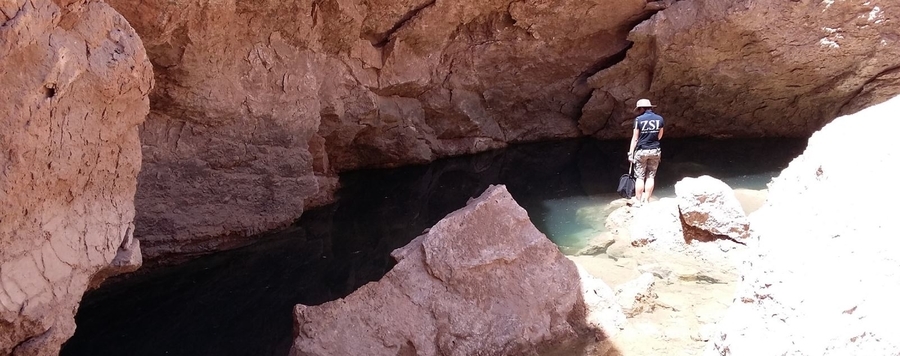
DNA barcode data confirm the placement of subterranean Noemacheilus (Troglocobitis) starostini Parin 1983 in the genus Paracobitis
DNA barcodes (COI) of Troglocobitis starostini, endemic to a single site in Turkmenistan, were analysed and put into the taxonomic context of the large group of nemacheilid loaches known from Western and Central Asia. All applied phylogenetic tree-based analyses place the species into the genus Paracobitis. This finding supports previous morphological studies. While the exact position of Troglocobitis starostini within Paracobitis was not resolved unambiguously, it was constantly recovered within Paracobitis, irrespective of the tree reconstruction method applied. With a minimum interspecific K2P distance of 7.19% P. persa was the closest hit in our dataset, which comprised a total of ten species of Paracobitis, which showed an average interspecific K2P distance of 5.43% (range 2.78–9.44%).





